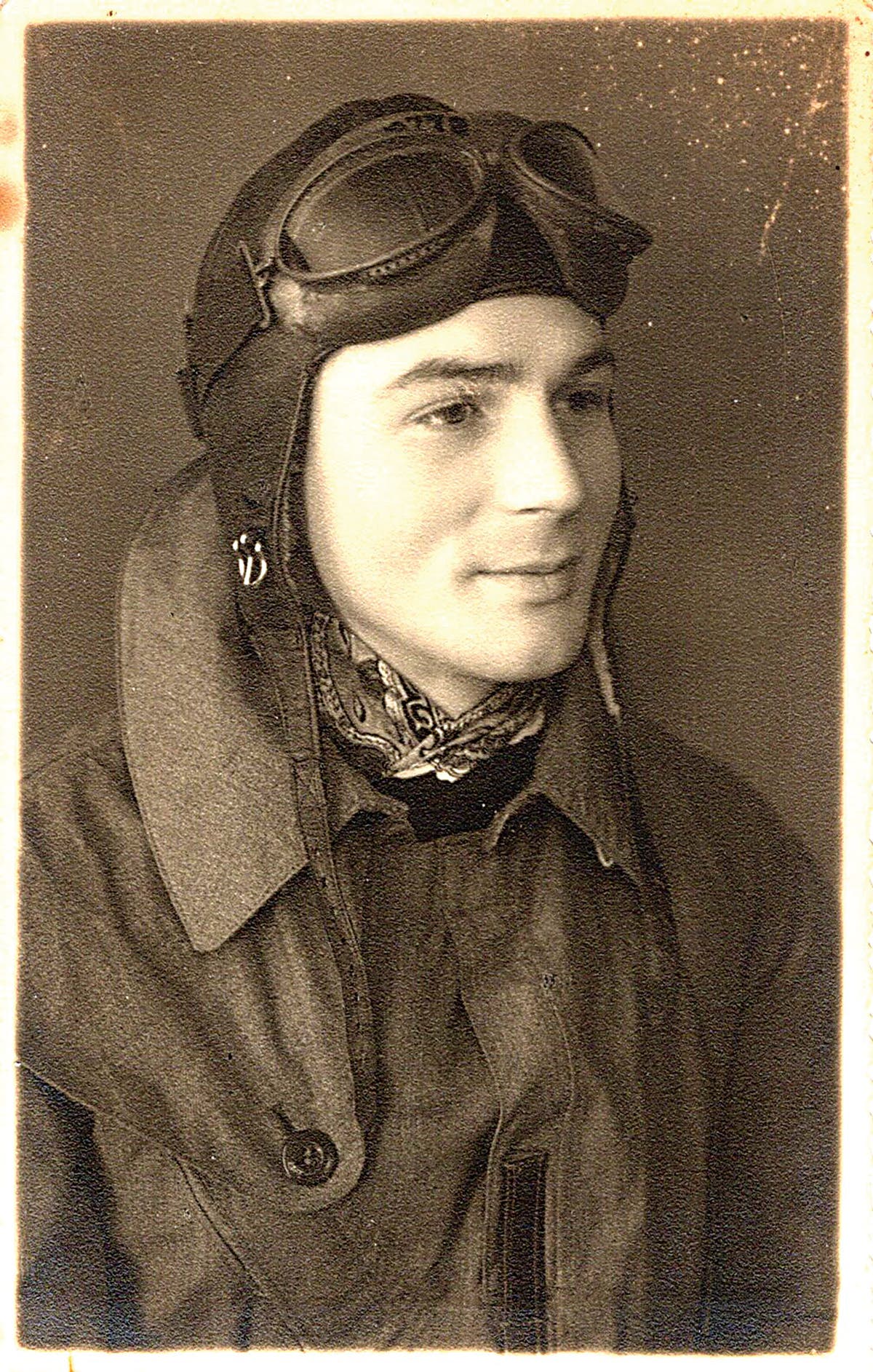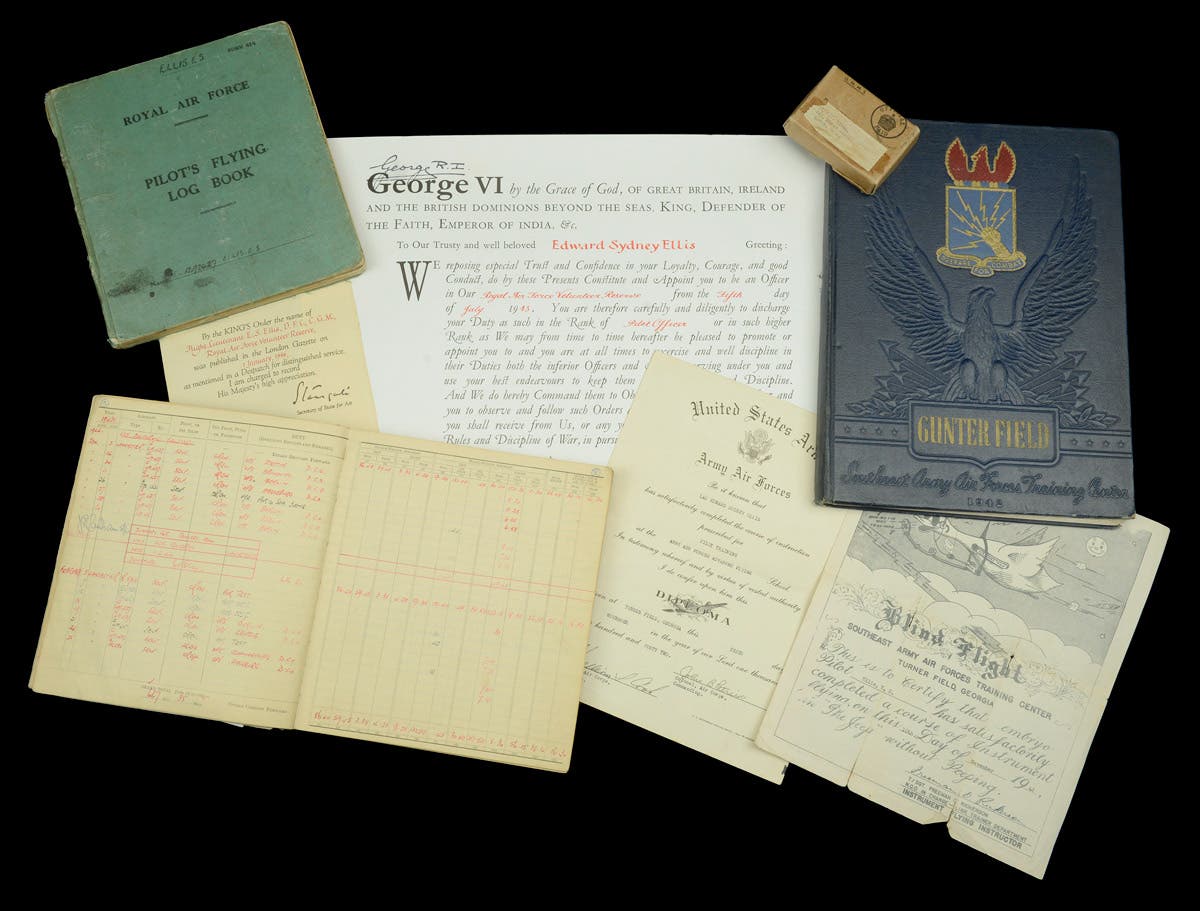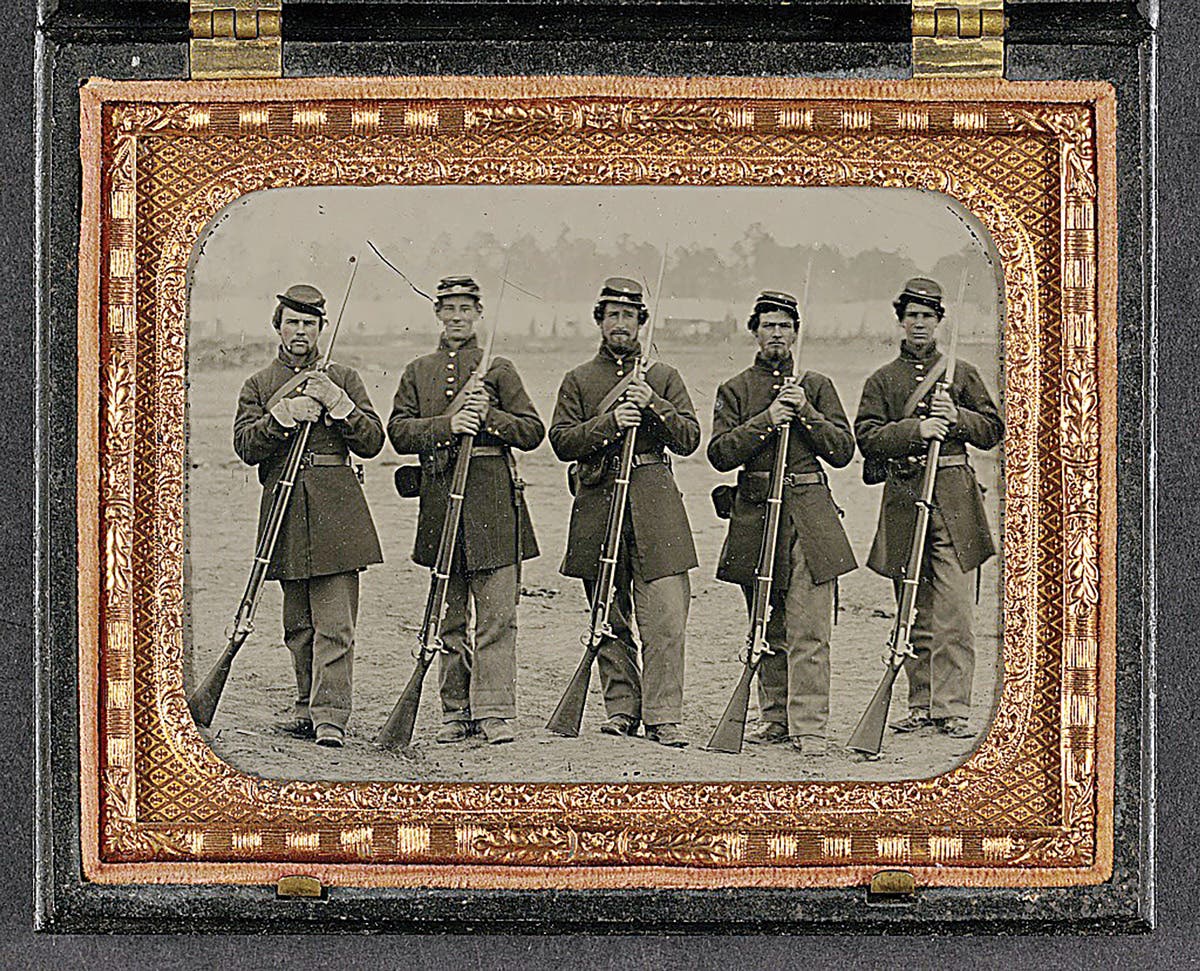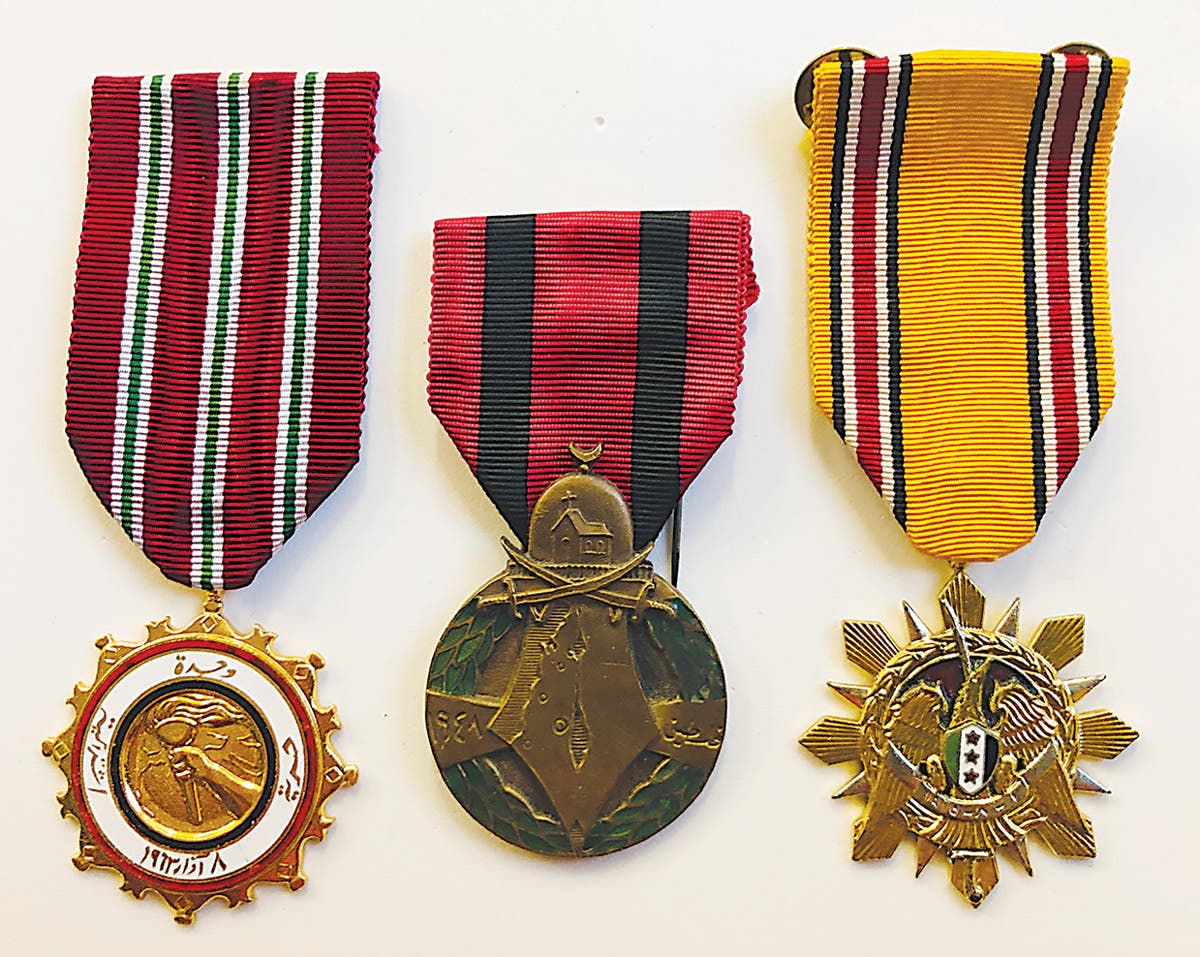A tip of the hat: The evolution of headwear badges of the U.S. Military
Each of the six military services of the United States is easily recognized by the cap badges seen on their enlisted and officer caps.
Each of the six military services of the United States is easily recognized by the cap badges seen on their enlisted and officer caps. This is an attempt to show some of the more common badges of the United States Army, Navy, Marine Corps, Air Force, Coast Guard and related military organizations. Since this a salute to the many organizations related to the basic components of the United States armed forces we will also discuss auxiliary forces such as the Civil Air Patrol, State National Guard organizations and the military academies. It would be a tall order to show every variation of each example made by various manufacturers, so we will not attempt to do so. Also many badges have undergone changes over time.
Badge designs have changed as a result of the type of headwear on which they would appear. During the 1800s, there were changes made to uniform regulations, which affected the badges worn by soldiers of different ranks and different branches of the Armed Forces. An example was the Shako, introduced as a first regulation form of headdress. It generally was quite bulky and required a corresponding large Shako plate. The eagle was one of the more common design elements especially for the U.S. Army. One of the earliest Shako plates of the early 1800s was a silver example showing an eagle with outstretched wings and a U.S. shield on its chest holding arrows and a laurel branch in its talon with the eagle facing left. Typically it would be seen on early American Army Shako hats.
The Shako Hat was known to be worn into the late 1800s, as seen in two examples of hat plates including the U.S. Army 1881 Calvary and Ordnance units. The Shako was quite large and bulky, so by the Civil War period one change was seen in the Model 1858 Dress Hat, known as the Hardee hat. Worn by enlisted men in the Union Army, it was also popular with Confederate forces. It should be noted that U.S. Army regulations specified that it be adorned by a brass hat device and a wool hat cord denoting the branch of service of the wear: sky blue for infantry, scarlet for artillery, and gold for cavalry. The brim was required to be pinned up on the right side for cavalrymen and artillery men and on the left side for infantry soldiers. The Hardee hat pin also exhibited an eagle in its design.
As the 19th century was ending, the Model 1895 Officers’ Undress Hat was adopted with the U.S. Army now using the Arms of the United States embroidered on the front of the hat along with a simple gold adjustable cap strap. In this period a white version made of cotton for wear for summer drill without any form of ornamentation was used to replace the dark blue wool Officers’ Undress Hat.
It should be noted that in the Spanish American War period photos of Theodore Roosevelt show him wearing a Hardee style cap. In the early1900s, Army hats acquired a standard design more like contemporary Army issue hats and the hat badge used the gilt eagle based on the Great Seal of the United States. This would continue on through the WWI era basically unchanged. .
The head gear insignia on the Service Cap of the Army Service Uniform of both male and female officers, including commissioned and Warrant, is a metal rendering of the obverse of the Great Seal of the United States of America, also known as the coat of arms of the United States. It should be noted that the insignia for male officer’s caps measures 2 3/8 inches in height, with the female officer’s insignia is 1 5/8 inches. The brass or gold Untied States Eagle crest is an American bald eagle with a shield on its chest, olive branch in its right talon and arrows in the left talon, a field of 13 stars that surmounts the eagle, and a banner embossed “E PLURIBUS UNUM” in the eagle’s beak.
Unlike the cap devices worn by enlisted personnel, the Coat of Arms is unbounded and is often referred to as an “Officer’s Eagle”. Collectors will find minor variations based on manufacturer and finish as well as slight variations in wing angle since the seal became the standard design for officers. For both enlisted personnel the coat of arms is found on a disc or inside a ring (female enlisted) or even surrounded by a wreath as is the case for a Sergeant Major of the Army. Illustrated are examples from WWI through present time with again slight variations by various manufacturers. The design also shows up frequently as the hat badge for many National Guard Army units. The only basic difference is often found is the name of a particular State National Guard seen arcing above the “E Pluribus Unum” banner or in a few instance in the design of the shield on the eagle’s chest.
The U.S. Air Force Officer Hat badge is the same coat of arms used by the Army, but in silver. The minor difference with U.S. Air Force enlisted hat badges is a slightly smaller eagle surrounded by a silver ring. It should be remembered that the U.S. Air Force was originally the U.S. Army Air Force until after WWII.
Another hat badge called the Prop and Wings (propeller and wings) was used to identify various aviation units of the United States military. It originated as the branch insignia of the United States Army Air Service as early as 1920. Versions of the Prop and Wings are still used by the U.S. Air Force and the U.S. Army Aviation branch. It was also traditionally awarded to United States Air Force Academy Cadets at the end of their freshmen year to indicate they were now upper class cadets. While the standard insignia is seen in chrome, cadets from all commissioning sources are authorized to wear a gold Prop and Wings device if they are a direct descendant of a veteran of the Army Air Corps, served with women Air Force pilots, served 20 years of service, or died in the line of duty.
United States Navy Commissioned Officer cap badges consist of two gold crossed fouled anchors with a burnished silver spread eagle facing to the wearer’s right. They may be embroidered or made of metal with subtle differences noted for badges made by various manufacturers. As with naval badges of most countries, the anchor is incorporated. This also shows up on the cap badges of U.S. Navy Warrant officers, as well as those worn by various ranks of Chief Petty Officers. The anchor and eagle as a design element also shows up in the cap badges of the United States Coast Guard. The main difference between the Coast Guard and Navy badges is that the Coast Guard officer badge uses a single anchor held horizontally in the Eagle’s claws. The United States Merchant Marine officer badge also uses a vertical gold anchor on a silver shield surmounted by an eagle facing to the wearer’s right. A gold wreath encircles the bottom of the shield. As with previously mentioned cap badges, collectors will encounter variations of both badges but using consistent design elements.
One of the most recognizable images of a U.S. military force is that of the United States Marine Corps. The Eagle, Globe, and Fouled Anchor are most easily recognized by all collectors. Modern and current images of the Marine Corps cap badge have an eagle standing on top of a globe showing the Western Hemisphere in front of a fouled anchor.
Serious collectors of Marine Corps cap badges soon find is that since the time of the Civil War the cap badge has undergone several changes with early examples bringing high prices for the collector. Early examples, while similar to modern examples, had several differences worth noting. Some of the first badges had a crested eagle, which is not specific to the United States, rather than the present bald eagle. Until the 1920s and 1930s there was a wide variation in the exact shape of the eagle, angle of the wings. Additionally changes in the globe showed a wide variation in details of the continents. There were variations in the fouled anchor, especially how it wrapped around the flukes. By 1936 there were alterations changing the stance of the eagle, regarding both the wings and head as well as the lines of latitude on the globe. Due to a supply problem the government did not have a standard pattern for manufacturers, leading to a lot of variations in Marine Corps hat badges.
Finally as with the other services there is a difference in the design for officer and enlisted men. The officer’s insignia is made of gold and silver for dress and non-gloss (subdued) for service uniforms. The enlisted cap is a gold colored hat badge for dress and non-glossy black for service caps. Another major difference is that the enlisted badge show details such as the image of the Island of Cuba since it is made and stamped from a single piece of metal. The officer’s cap badge is made of several pieces of metal, making it difficult to place the image of Cuba in an aesthetically pleasing manner so Cuba is omitted in the Officer version. This causes the collector prices for Marine Corps hat badges to vary widely depending on age, manufacturer, and minor variations.
Another United States cap badge is that of the Coast and Geodetic Survey Corps. While not strictly speaking a military organization, the Coast and Geodetic Survey Corps was created as early as 1807 to conduct a survey of the coast under the Department of the Treasury. Briefly part of the Navy between 1834 and 1836, its responsibilities included mapping and charting the coast of the United States and U.S. Territories. It was eventually responsible for the interior of the United States and geodesy becoming an important part of its work. In 1970, it was expanded into the National Oceanic and Atmospheric Administration (NOAA) under the Department of Commerce.
Our accompanying examples show an example of an officer’s cap badge and a chief petty officer cap badge. Two examples of NOAA medals are also shown to show the lineage in the insignia of the Coast and Geodetic Survey Corps. Along with the NOAA Commissioned Officer Corps is the Public Health Service Commissioned Corps which is also one of the uniform service branches. In the Public Health Service everyone is an officer, so there are no cap badges for enlisted or warrant officers. PHS ranks are equivalent to those of the Navy and Coast Guard and is headed by the surgeon general.
While this short discussion of badges can’t cover every variation and every agency of the United States, it is at this point important to show several lesser known entities of the U.S. that offer possibilities for the collector. One such agency is that of the U.S. Army Corps of Engineers, Floating Plant and Dredging Fleet. The term “Floating Plant” refers to the watercraft (i.e. boats) of all kind operated by the Army Corps of Engineers which contrasts with the term “ships” and “vessels” used by the U.S. Navy. This refers to the use of very small craft such as tenders, launches, and survey boats, and even ocean-going dredges. This is all part of the role played by the U.S. Army of Engineers in the development of the nation’s waterways. It has been delegated wider responsibilities for dredging rivers and harbors and clearing wreckage and debris from captured ports in Europe. Three interesting variations of the Officer Cap badges show design elements including the anchor.
Another interesting service is the United States Army Transportation Service, which provided combat service support. It was responsible for moving personnel and material by truck, rail, air and sea. It is one of the three U.S. Army logistic branches with the others being the Quartermaster Corps and the Ordnance Corps. The Corps was established in 1942, but traces its history back to the Civil War. The current cap badges combine elements of both Army and Naval design.
In 1946, the new chiefs for the Navy and Army, Fleet Admiral Chester Nimitz and General of the Army Dwight Eisenhower, decided to sit down and discuss a shortfall in supplies even before America’s first overseas operation. By December 15, 1948, Secretary of Defense James Forrestal issued a statement, “All military sea transport including Army Transport will be placed under Navy command”. By July 12, 1949 the new Military Sea Transportation Service (MSTS) was completed.
The Military Sea Transportation Officer’s cap badge shows a gold eagle sitting atop a globe with a blue enamel MSTS banner. The fleet initially consisted of troop transports, attack transports, cargo ships and tankers. These ships unlike today, were commissioned vessels in the U.S. Navy and manned by military crews. Now more of these operations are done by commercial cargo ships.
Another important auxiliary force is the Civil Air Patrol. This congressionally chartered organization serves as the official auxiliary of the United States Air Force. CAP is a volunteer organization that consists of cadets (12 years to 21 years) and senior members (18 years and up). Even in WWII CAP was a way to use American’s civilian aviation and assumed many missions, including anti-submarine patrol, border patrols, and courier service. It was organized along military lines and a rank system patterned on the U.S. Air Force. There is a Senior Cap badge and a Cadet Cap badge for wear with uniforms.
Collectors will also find find the badges of various other military academies and ROTC organizations. The American Women’s Voluntary Services was one such group and provided support service during WWII including driving ambulances, truck driving and provide canteen workers to name several of their functions. They wore uniforms and their cap badge is a striking gold eagle with a red, white, and blue chest shield.
With so many groups, years, and manufacturers involved, the hunt for American military cap badges offers endless opportunities for an enthusiastic collector.
David Burrows is a retired educator and life long military collector. He started collecting as a teenager. David was a physics teacher for 37 years with the Pittsburgh Public schools. He is a frequent contributor to Military Trader as well as the OMSA Journal. His other passion with British cars has resulted in many feature stories both in US publications as well as international publications over the last 30 years.








